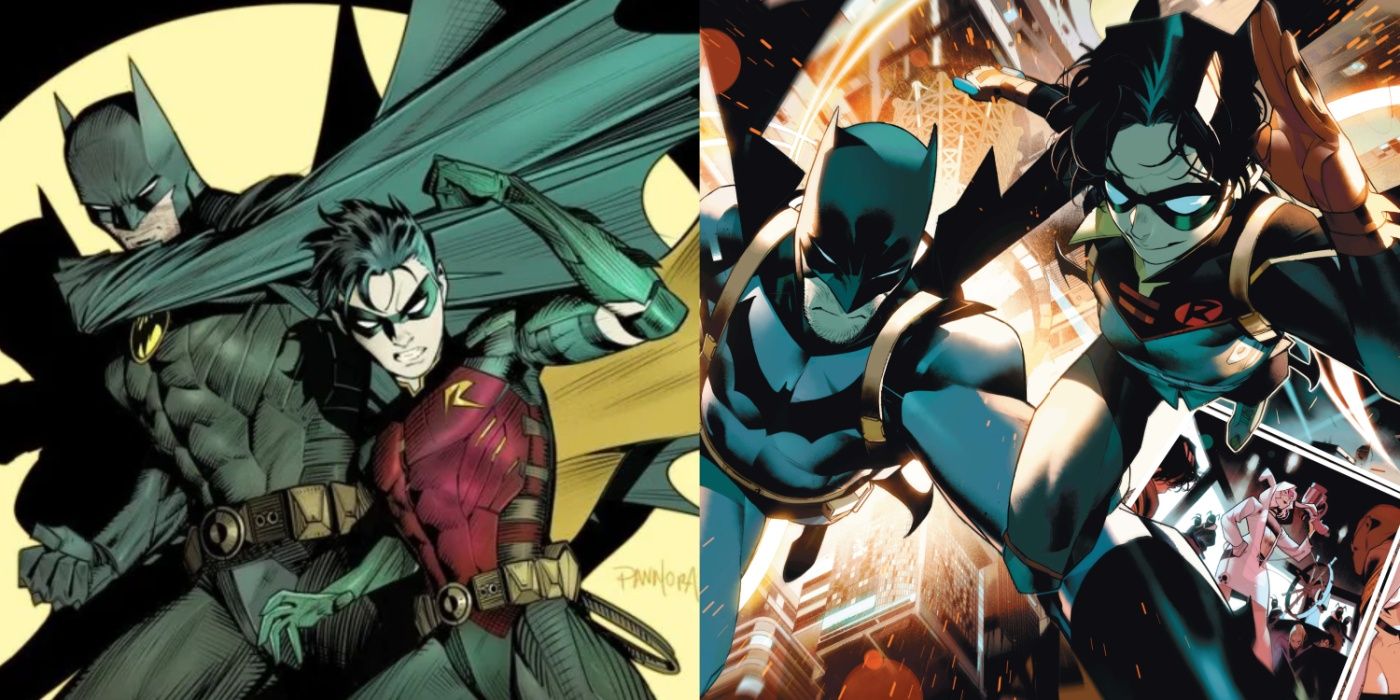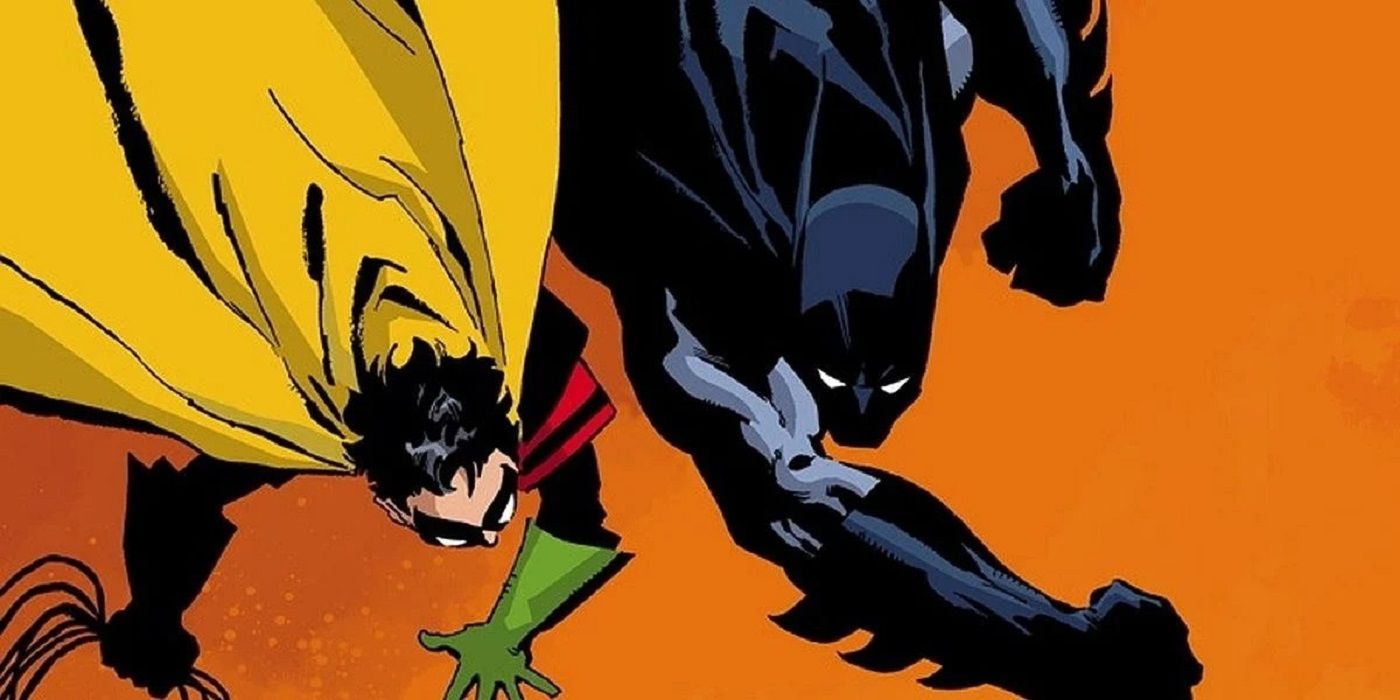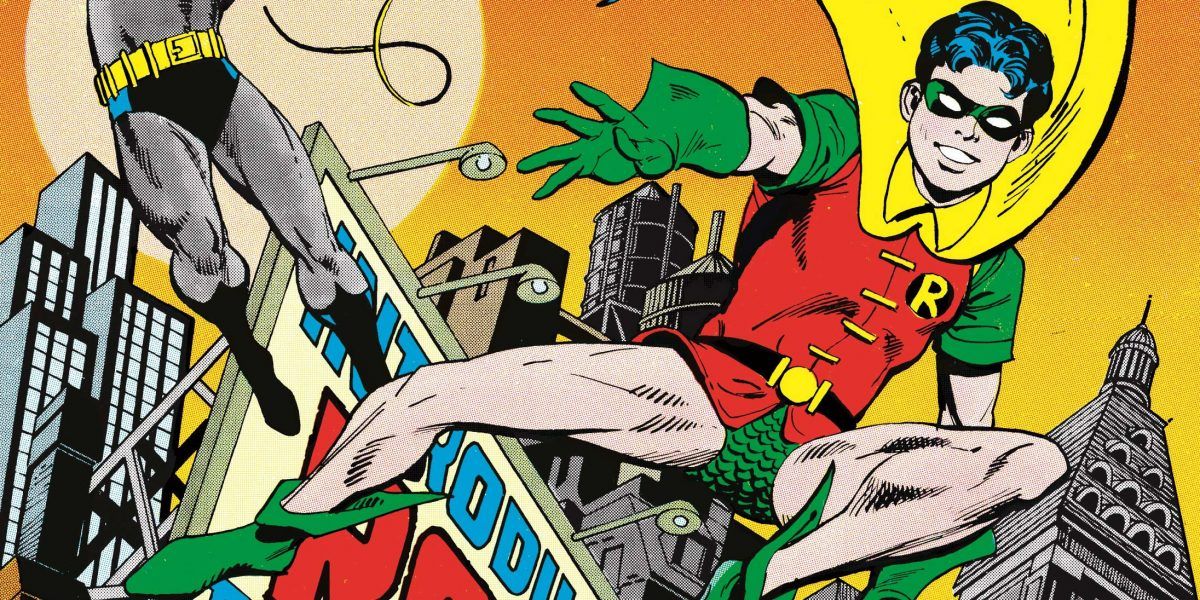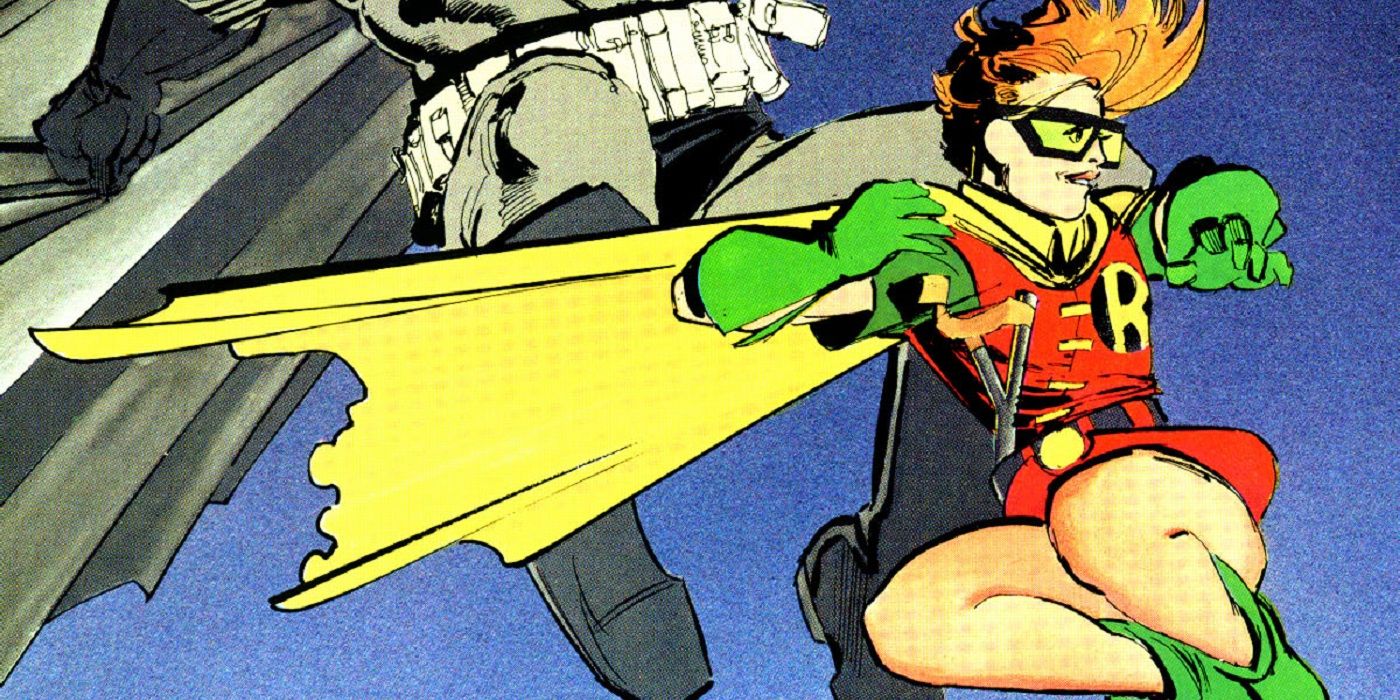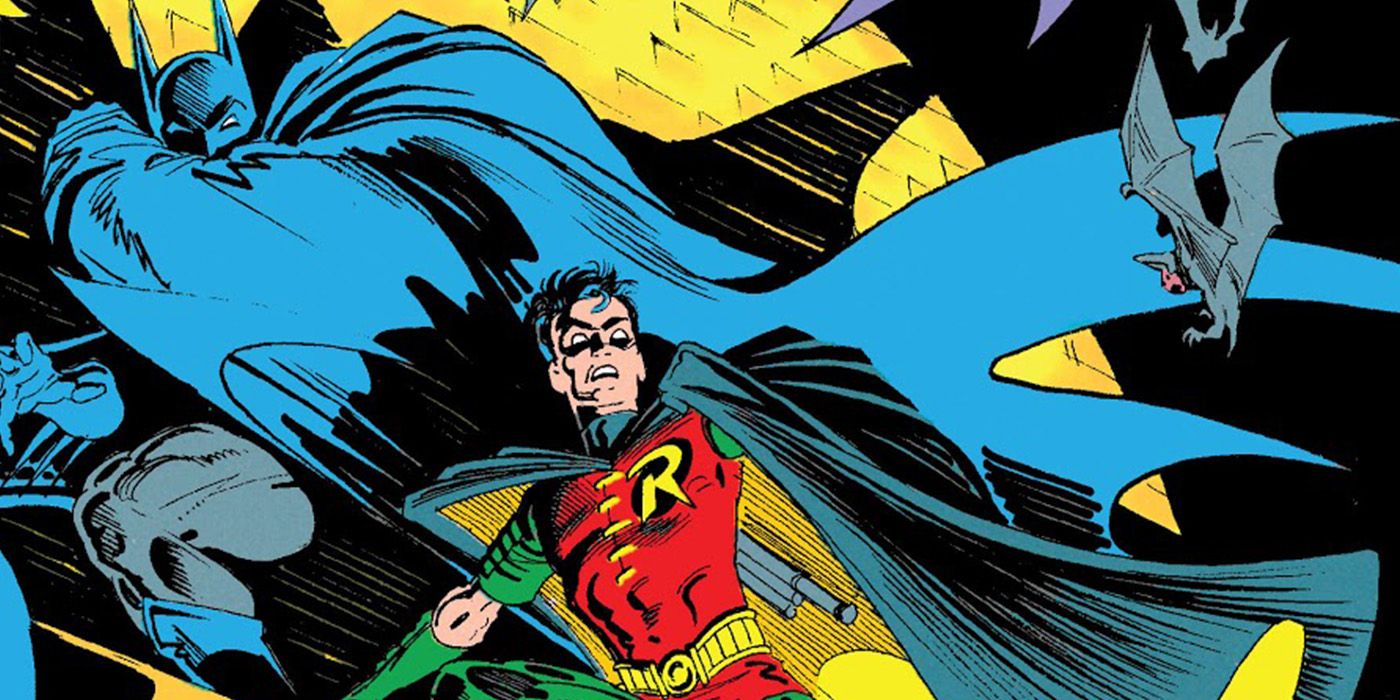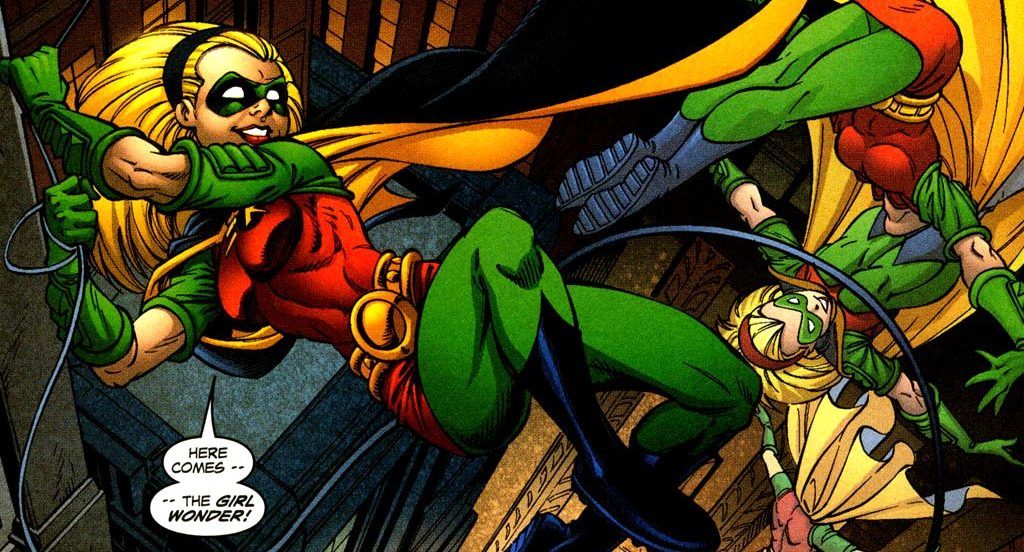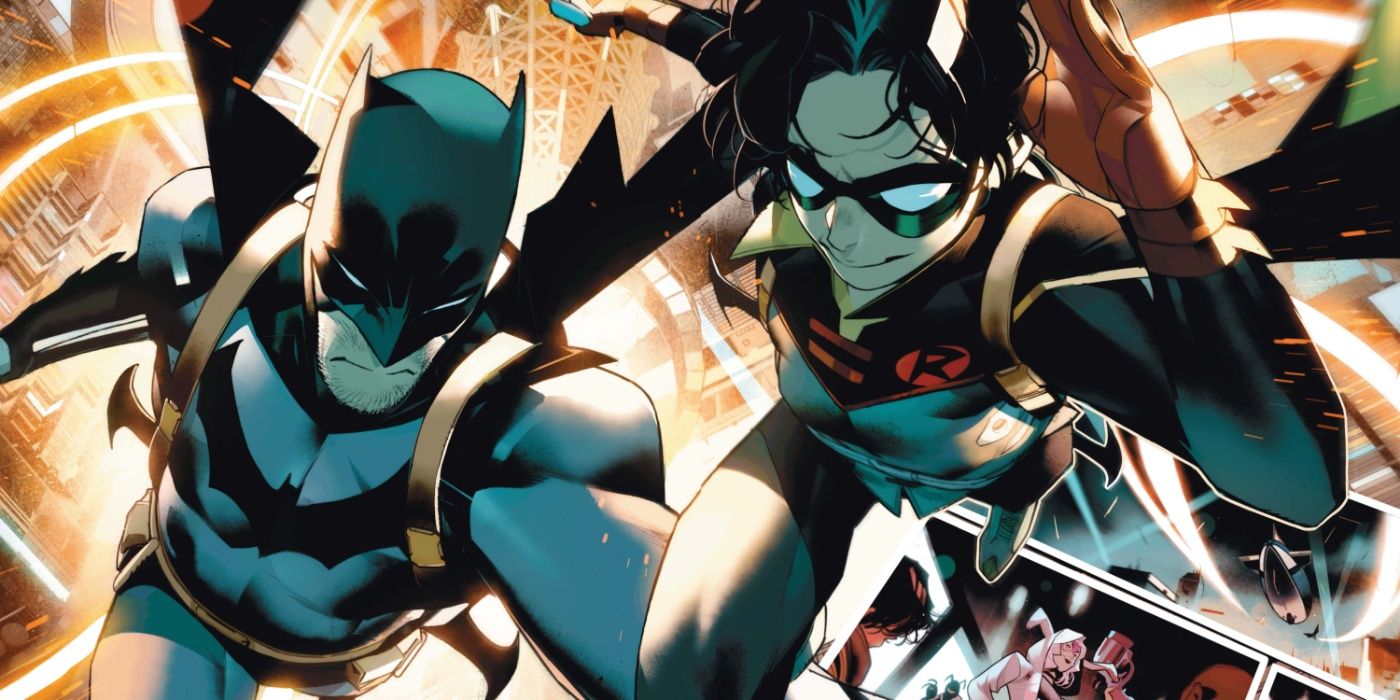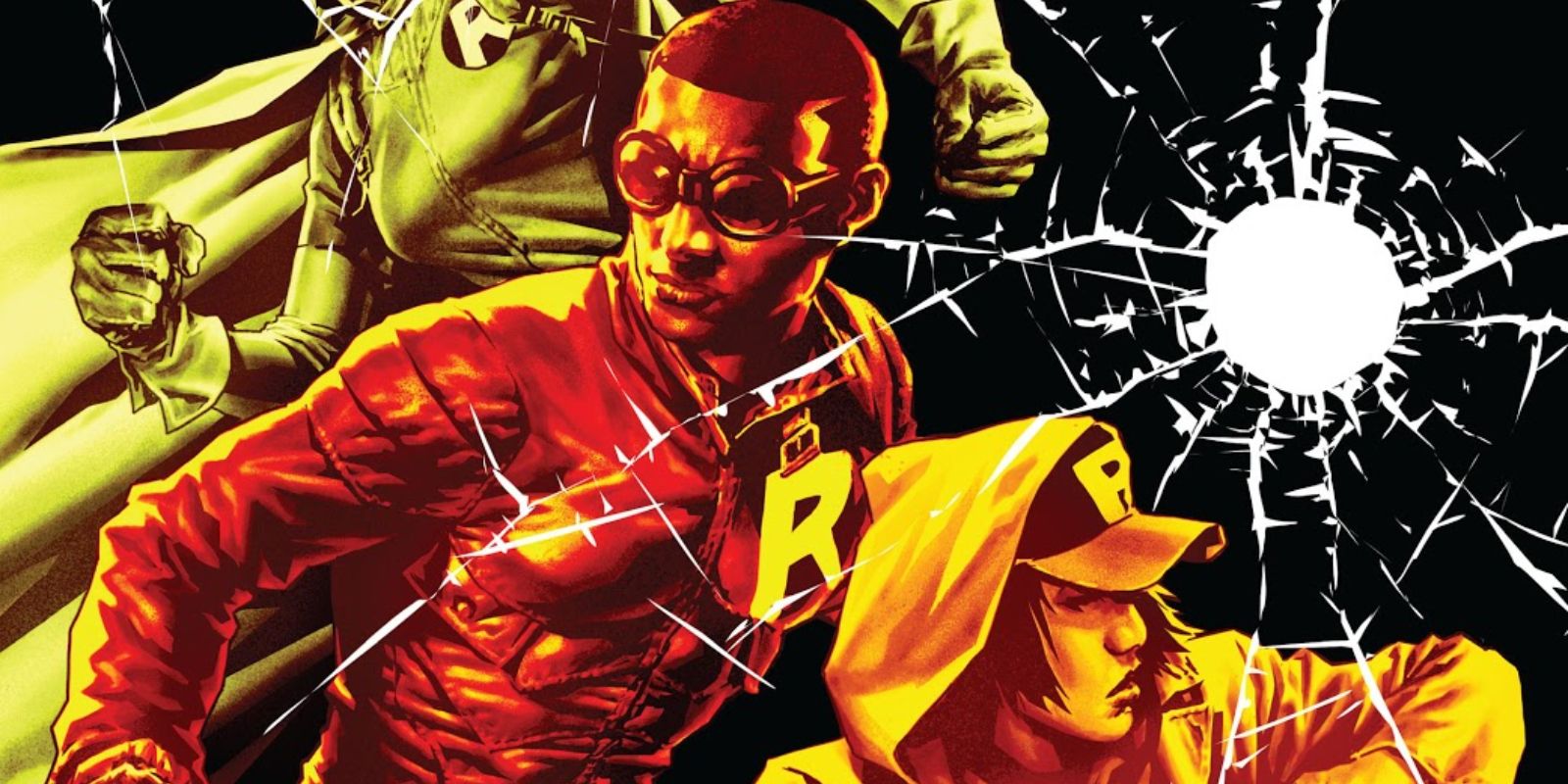One of the most common misconceptions about Batman is that he's largely a lone wolf figure. However, the brooding vigilante never made it especially far into his career before taking on Robin as a sidekick. Dick Grayson, being the first Boy Wonder and donning the beloved Nightwing persona later, is the most iconic of these sidekicks. However, Bruce Wayne has famously taken in several budding heroes.
Both in-universe and from a meta-perspective, the Dynamic Duo completes each other. Where Batman serves as the imposing creature of the night against Gotham's underworld, Robin brings some much-needed levity to soften Bruce's edges. From orphans to eager detectives to his own biological son, Batman has found room for every Robin in his life.
Updated on October 12, 2023, by Guillermo Kurten: As surprisingly capable as Batman can be on his own, he's only functioned for as long as he has because of Robin at his side. These heroes help keep the Dark Knight grounded in a way that Alfred can't when Bruce Wayne's out in the field. In fact, several talented writers have made a point of this in some form or another. Though the core list of Robins remains the same, this list aims to update the rich histories of each character and their significant acheivements as one-half of the Dynamic Duo.
Dick Grayson
First Appearance: Detective Comics #38, "Robin, the Boy Wonder" (1940) By Bill Finger, Jerry Robinson, & Bob Kane
Introduced in the 1940s, Dick Grayson was Batman's first Robin and remains an important member of the Bat-Family today. Bruce Wayne took in Dick after he attended a circus and witnessed racketeer Boss Zucco set up an "accident" that resulted in the deaths of the Flying Graysons, which was brilliantly reimagined in Jeph Loeb and Tim Sale's Dark Victory. Seeing a haunting mirror image of himself in Dick, Bruce adopted the boy as his ward, with the latter eventually convincing the hero to let him become the Boy Wonder.
The two worked together as Batman and Robin for many years before Dick Grayson set out on his own to form the Teen Titans. Eventually, he would give up the Robin title for that of Nightwing. While this soured his relationship with Bruce Wayne for a time, the two were able to make up and grow closer. Dick would even suit up as Batman long-term, following Bruce's presumed death in Final Crisis and Batman R.I.P. by Grant Morrison.
Morrison's extensive Batman catalog fleshed out an important piece of Dick Grayson's growth as a character. In particular, this run cemented why Grayson still stands as the most worthy successor to Bruce Wayne's mantle. He must maintain his autonomy with the Nightwing persona that he's worked tirelessly to forge as a champion of Blüdhaven, but this comic book run did well to illustrate why he's the most complete vision of what Batman should strive to be symbolically. Morrison's Batman and Robin run with Frank Quitely also served as a poetic homecoming and coming-of-age arc for both Dick Grayson and Damian Wayne, as the two became Gotham's new Dynamic Duo in Bruce's absence.
Jason Todd
First Appearance: Batman #357, "Squid" (1983) By Gerry Conway and Don Newton
Possibly the most divisive Robin for a couple of key reasons, Jason Todd was, initially, almost a carbon copy of Dick Grayson in terms of backstory. He was the son of two circus acrobats who were inspired by the Flying Graysons, and his parents were murdered, only this time by a more key member of Batman's rogues gallery — Killer Croc. Thankfully, Todd'sorigins were readjusted to make him stand on his own merits, but he also developed a reputation for being angry and headstrong in a way that rivals even Batman at times.
Jason Tood was still an orphan, but he now came from a broken home and turned to street crime to survive. Batman first caught Jason trying to steal the tires off the Batmobile in Crime Alley. Realizing that leaving Jason on the streets would lead to him going down a path of villainy, death, or both, Bruce Wayne offered to take in the troubled young boy. Most infamously, though, Jason would die a brutal death in Jim Starlin and Jim Aparo's A Death in the Family, one of the darkest Batman comics in these characters' histories. Even today, Batman considers Jason's death his greatest failure.
Although Jason Todd's death immediately became an iconic piece of Batman's mythology that reshaped his entire personality, he was eventually revived in Under the Red Hood by Judd Winick, Doug Mahnke, Eric Battle, and Shane Davis. Jason's bloody history as a vengeful antihero proved complicated for his affiliation with the Bat-Family, to say the least, but he eventually led Task Force Z and rejoined the family. However, the dynamic between Bruce Wayne and Jason Todd has become complicated yet again, since the ongoing Gotham War arc in DC Comics has put them on opposite sides of Catwoman's doomed attempt to control crime.
Carrie Kelley
First Appearance: Batman: The Dark Knight Returns (1986) By Frank Miller
Carrie Kelley was technically the third Robin to be introduced, but she's exclusive to Frank Miller's alternate continuity in The Dark Knight Returns. The Dark Knight Returns is the most iconic alternate-timeline Batman comic, depicting a bleak political dystopia where a jaded, middle-aged Bruce Wayne is compelled out of retirement to salvage Gotham City.
On top of breaking the mold as the first female Robin, Carrie Kelley was an interesting contrast to Dick Grayson and Jason Todd. She was a uniquely colorful character, partly because she wasn't traumatized in her youth. While Carrie's home life was far from ideal — her parents were largely apathetic and neglectful of her existence — she persevered as a champion for justice and a beacon to remind Batman of who he once was. Even more so than Dick Grayson in Dark Victory, Carrie practically asserted herself on Bruce Wayne to become Robin. Following her stint as Batman's sidekick, Carrie became Catgirl in The Dark Knight Strikes Again and Batwoman in The Master Race.
Tim Drake
First Appearance: Batman #436, "Year 3 – Differing Roads" (1989) By Marv Wolfman and Pat Broderick
While the third mainline-canon Robin is one of the more neglected incarnations, Tim Drake's origins as the Boy Wonder were unique. Tim was a long-time admirer of the Dynamic Duo, but he noticed the darker depths Batman had fallen once the Robin at the time — Jason Todd — was tragically murdered. With the original Boy Wonder now a standalone superhero a city away and the Dark Knight alone, Tim realized that there can't be a Batman without a Robin.
Impressively, young Tim Drake managed to deduce the identities of both Bruce Wayne and Dick Grayson as the original Dynamic Duo, using this revelation to his advantage. He tried to convince the classic team to join forces once again, and while Dick declined — which was for the best — the circumstances that followed managed to persuade a reluctant Bruce Wayne to take in a third Robin.
In-universe, Tim Drake is touted as having the best detective prowess among the Bat-Family. Tim's fallen into something of an identity crisis in recent years (not quite Robin, but not Red Robin either), but he was the first Robin to get their own solo series and was an incredibly well-developed character before the New 52. Tim also played a key role in forming the Gotham Knights during James Tynion IV's sprawling The Rise and Fall of the Batmen story arc within the pages of Detective Comics, as well as being Robin again in the first two arcs of Chip Zdarsky and Jorge Jiménez's current Batman run.
Stephanie Brown
First Appearance: Detective Comics #647, "Inquiring Minds" (1992) By Chuck Dixon and Tom Lyle
Possessing another interesting superhero origin, Stephanie Brown is the daughter of the villain Cluemaster. What's most intriguing is that her first vigilante role was as the Spoiler, a hero dedicated to undermining her father's schemes. Stephanie inadvertently began making her way to the Bat-Family when she bonded with Tim Drake while he was Robin. The two young vigilantes even became a couple. Following Tim's formal retirement as the Boy Wonder in Robin #126 by Bill Willingham and Damion Scott, Stephanie snuck into Wayne Manor to attempt to succeed his mantle.
This marked Stephanie Brown as the first female Robin in mainline canon, but Stephanie and Bruce Wayne struggled to work together even though the latter was initially receptive to the partnership. In War Games, Batman fired Stephanie believing her to be not ready for such a responsibility. This prompted her to go rogue and try to thwart the warring gangs herself to prove herself. This bitterly backfired and resulted in Stephanie's brutal death.
This was a highly controversial time among fans and the editorial team for Batman, since the mandate for Bruce's terrible treatment of Stephanie Brown came off as a cruel and cheap attempt to write Tim Drake back in as Robin. While Stephanie was retconned back to life a few years later, the New 52 knocked her out of the canon, effectively killing her yet again. Things have been mercifully better for her in the years since. Stephanie had an important role in The Rise and Fall of the Batmen as Spoiler, featuring a welcome exploration of her bonds with Tim Drake and Cassandra Cain. Infinite Frontier and Dawn of DC have been similarly kind to Stephanie, leading to a co-led Batgirls book with Cassandra.
Damian Wayne
First Appearance: Batman #655, "Batman & Son: Building a Better Batmobile" (2006) By Grant Morrison and Andy Kubert
After Jason Todd, Damian Wayne is perhaps the most polarizing Robin in Batman's mythos. The first biological child of Bruce — in mainline continuity — Damian is also the son of Talia al Ghul. Damian's origins can be retroactively traced back to Mike Barr and Jerry Bingham's Son of the Demon. His first formal appearance, though, came in the first arc of Morrison's run alongside artist Andy Kubert: Batman and Son.
In some respects, Damian Wayne has Jason's most violent tendencies exacerbated. His existence was kept from Bruce Wayne for years, as he was trained ruthlessly by his mother since birth to be the eventual leader of the League of Assassins. Talia surprised Batman with the task of training Damian, but the hero nonetheless taking his son hoping to reform him. Ironically, this paved the way for one of the best iterations of the Dynamic Duo in DC's history, with Dick Grayson as the Dark Knight and Damian as the Boy Wonder. It was a fitting and touching way to build the rapport between Bruce's first and last sons.
Just as noteworthy is writer Peter Tomasi and artist Patrick Gleason's run on Batman and Robin after taking the reins from Morrison and Quitely. While the latter focused on building a relationship between two brothers at different, yet crucial points in their lives, the former New 52 did an exceptional job of nurturing the father-son dynamic of Bruce and Damian as the Dynamic Duo. Damian came back into the fold as Robin on his father's side in Gotham War, and he's now co-leading the latest run of Batman and Robin under Joshua Williamson and Simone Di Meo.
Duke Thomas
First Appearance: Batman Vol. 2 #21, "Secret City: Part One" (2013) By Scott Snyder and Greg Capullo
Duke Thomas is a special case regarding the Robin mantle, one of the most standout reasons being that his primary persona is the Signal and is the rare example of a Bat-Family member with true superpowers. Scott Snyder and Greg Capullo created the character during their excellent 2010s Batman run in the New 52 reboot. Duke became part of a vigilante group known as "The Robins." This group aimed to live up to the spirit of the Dynamic Duo in Batman's absence following the climactic events of Endgame.
After the Robins saved him, Duke Thomas joined their ranks until the law made it illegal for anyone to act as Robin again. When Batman returned, he saw potential in Duke and offered to have him work alongside him. Thomas only accepted on the stipulation that he wouldn't be a Boy Wonder again. Admittedly, the character doesn't appear much in the comics, but he did make a name for himself as Signal. Duke Thomas became the daytime guardian, contrasting Batman's nocturnal exploits. Duke also joined the Outsiders superhero team.

